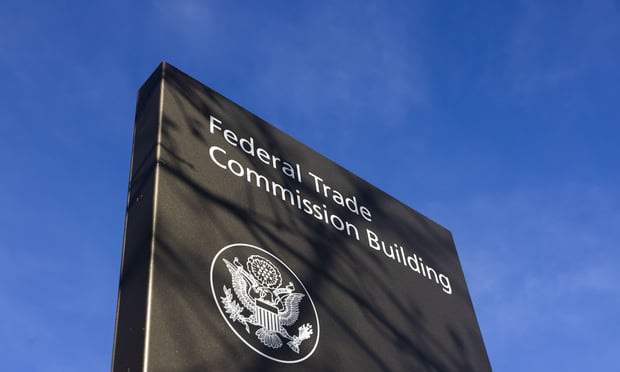 Robert Pedersen embarked on an ambitious mission in2007: to create a centralized and standardized nationwide system ofdepository services at the financially struggling U.S. PostalService, where he serves as treasurer. Pedersen aimed to take ahighly fragmented organization and centralize operations under thetreasury department. In the process, he figured he'd boostefficiencies and cut some costs.
Robert Pedersen embarked on an ambitious mission in2007: to create a centralized and standardized nationwide system ofdepository services at the financially struggling U.S. PostalService, where he serves as treasurer. Pedersen aimed to take ahighly fragmented organization and centralize operations under thetreasury department. In the process, he figured he'd boostefficiencies and cut some costs.
But even Pedersen, who started at the Postal Service in 1983 asan investment officer and was named treasurer in 2002, waspleasantly surprised by the outcome. After the system wasimplemented in February 2009, he slashed fees by 11%, saving about$3 million a year. He also reduced the number of employeesresponsible for reviewing account analysis statements and payingbank loans to two from 80. And he dramatically cut the number ofpeople and amount of time needed to do research and reporting.
|
Robert Pedersen
|The project involved big changes, and Pedersen knew he had towin the buy-in of the rest of the organization in order for it towork. In early 2007, he gathered about 30 Postal Service executivesfrom throughout the organization for a day-long meeting in CrystalCity, Va. Before the meeting, Pedersen and his staff prepared forany objections that might come up. Then, at the meeting, he laidout the plan and asked people to voice any concerns. “There wassome really good healthy skepticism,” he says, “But from mystandpoint, I welcomed that.” Pedersen credits that meeting withhelping him to come up with a plan that “met everybody'sneeds.”
|The project started with a nationwide solicitation for businessfrom banks, which would be responsible for storing and processing$160 million in cash and checks every day, and armored couriers,which would transport the money from pick-up locations to storagevaults. To handle the myriad bids likely to be made–banks could bidto service all 80 districts, just one, or any combination–Pedersencustomized a software system usually used by supply chain managersthat allowed the Post Office to track and analyze all the bids.
|As it turned out, however, no single bank bid for all 80districts, because even the largest institutions lacked the vaultcapacity for the $95 million in currency handled daily by thePostal Service. Even so, the project created substantialefficiencies by introducing one standardized contract, instead ofusing the previous system, which used separate agreements for ninedifferent service areas throughout the country. To streamline thebidding process, Pedersen required that all bidders bundle pricesinto nine standardized categories; before, banks had charged apotpourri of prices for the same type of deposit, depending on thearea of the country. Ultimately, the Postal Service's business wasspread among 15 banks, with the top five handling 73% of deposits–afar cry from the approximately 5,000 depository banks used in the1990s.
|In addition, the Post Office negotiated directly with couriers,instead of having them bid through the banks. “We realized wewouldn't get their best pricing otherwise,” says Pedersen. It was awise move since, as it turned out, most of the ultimate savingscame from reduced courier fees. The Postal Service also cut thenumber of couriers from 11 to seven.
|More recently, Pedersen has used the bid-tracking softwaresystem to assess the energy efficiency of courier routes. He's beensurprised by those findings, too, but isn't ready to reveal them.The system of pick-up and delivery points is, he says, “pretty darnefficient.”
Complete your profile to continue reading and get FREE access to Treasury & Risk, part of your ALM digital membership.
Your access to unlimited Treasury & Risk content isn’t changing.
Once you are an ALM digital member, you’ll receive:
- Critical Treasury & Risk information including in-depth analysis of treasury and finance best practices, case studies with corporate innovators, informative newsletters, educational webcasts and videos, and resources from industry leaders.
- Exclusive discounts on ALM and Treasury & Risk events.
- Access to other award-winning ALM websites including PropertyCasualty360.com and Law.com.
*May exclude premium content
Already have an account? Sign In
© 2024 ALM Global, LLC, All Rights Reserved. Request academic re-use from www.copyright.com. All other uses, submit a request to [email protected]. For more information visit Asset & Logo Licensing.








